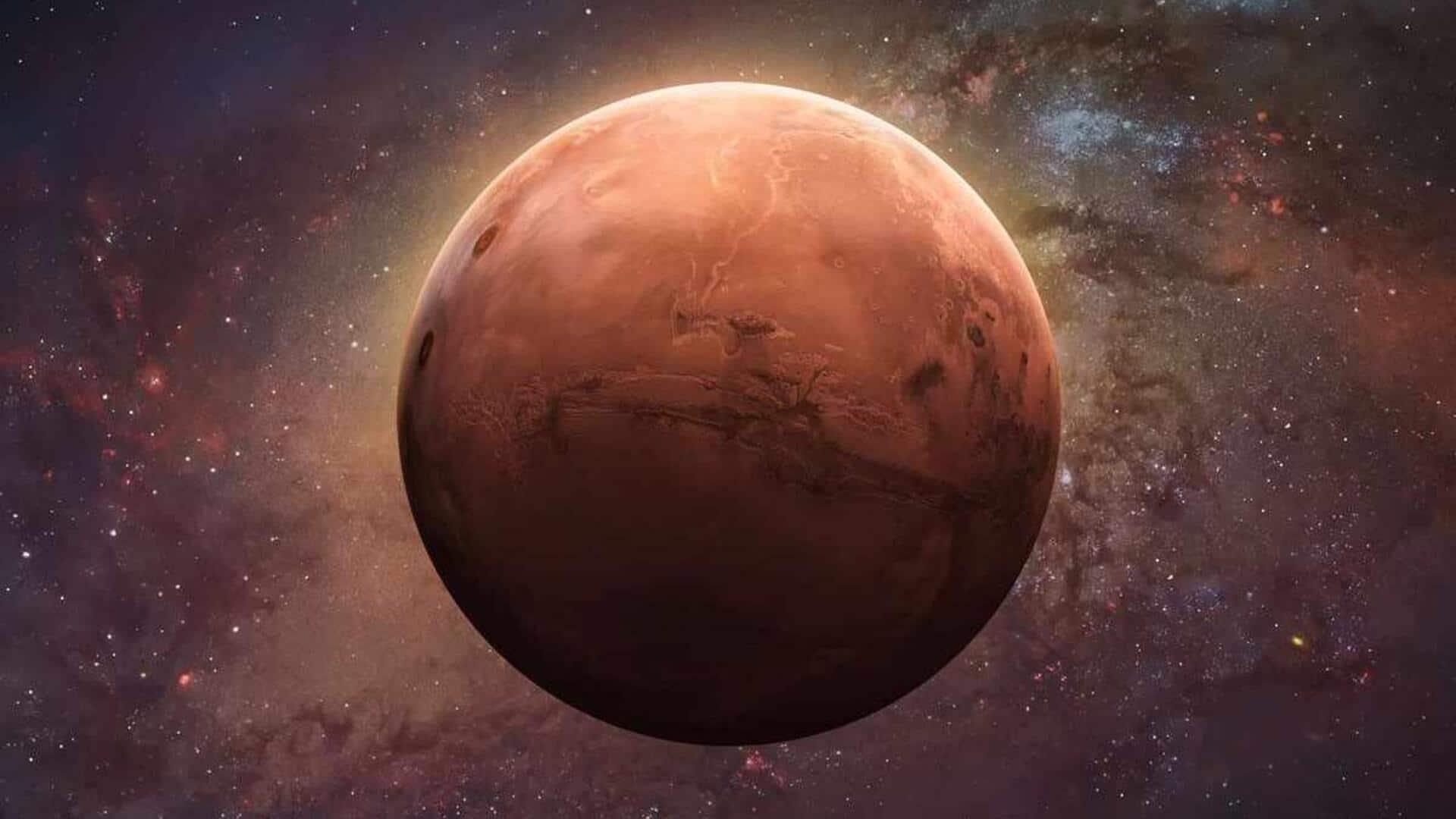
Marsquakes unveil hidden protoplanets beneath the Red Planet
What's the story
Mars, the fourth planet from the Sun, has long been a subject of fascination for scientists. Now, a new study has revealed that the Martian interior contains remnants of ancient "protoplanets" that never became full-fledged planets. The discovery was made by analyzing data collected by NASA's InSight lander between 2018 and 2022.
Data analysis
InSight lander recorded seismic activity on Mars for 4 years
The InSight lander, which stopped working after a dust storm, recorded seismic activity on Mars for four years. The data revealed dense lumps differing from the surrounding material deep within the Martian mantle. These blobs are about four kilometers wide and were found at different depths within Mars's mantle, where temperatures can reach up to 1,500°C.
Protoplanet discovery
Protoplanets likely formed during the birth of our solar system
The structures discovered in the Martian mantle are believed to be remnants of ancient protoplanets that could have formed into planets. They were likely formed during the birth of our solar system, around 4.5 billion years ago. The study's lead author, Constantinos Charalambous from Imperial College London, emphasized the unprecedented detail and clarity with which these structures were observed.
Serendipitous find
Discovery of ancient protoplanets was accidental
The discovery of these ancient protoplanets was accidental. Scientists were studying Marsquakes when they noticed some signals took longer to pass through parts of the mantle than others. This led them to areas denser than the surrounding rock, indicating that these structures were not native but intruders that had forcibly made their way into Mars's interior.
Geological stability
Protoplanets also indicate that Mars's interior is stable
The presence of these ancient protoplanets also indicates that Mars's interior is stable. Unlike Earth, where tectonic activity causes earthquakes, Mars doesn't have subduction zones and its mantle remains stationary. This geological stability has allowed these blobs to survive for billions of years without melting or being erased by tectonic activity.